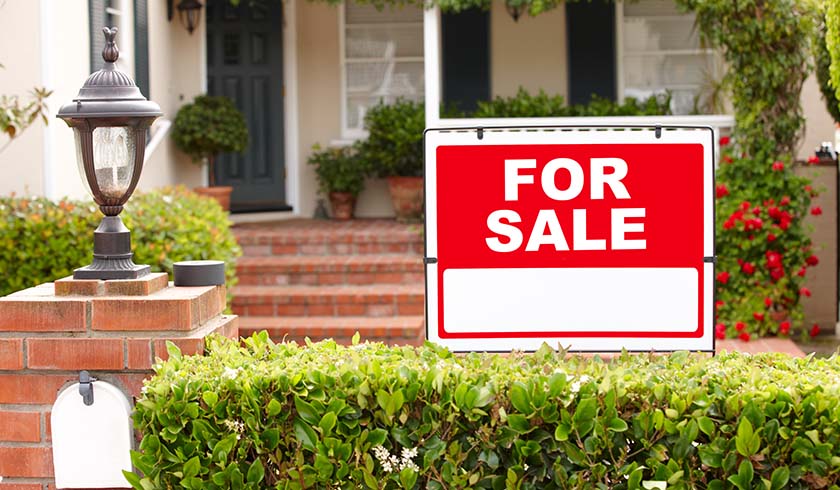Property listings dry up across the nation
National residential property listings have decreased significantly over the last 12 months, creating a full-fledged boom as the number of buyers far outstrips the number of available properties.

Total property listings across Australia dropped 6.3 per cent on the month to 245,953 in May, but the yearly contraction was even more severe, with listings down 19.2 per cent in the space of just 12 months, latest figures from SQM Research revealed.
The number of properties available for sale has dropped rapidly in seven out of eight capital cities, with Hobart suffering the most significant monthly decline of 11.2 per cent in May, followed by Canberra with a drop of 9.7 per cent, Melbourne with 7.4 per cent, and Brisbane and Adelaide with a 7.1 per cent decline each.
In Sydney and Perth, the situation was a little less troubling, with listings down 3.5 per cent and 1.7 per cent, respectively. Darwin, on the other hand, was the only city to experience a boost of an impressive 2.9 per cent.
Annually, the capital cities recorded even larger falls, with Hobart losing as much as 36.1 per cent of its total listings over the year to May. Canberra followed with a drop of 21.7 per cent, then Adelaide with 21.4 per cent, Brisbane with 18.4 per cent, Darwin with 13.5 per cent, Sydney with 8.7 per cent and Melbourne with a slim 1.4 per cent. Only Perth saw a year-on-year increase in total property listings of 1.5 per cent.
Overall, Melbourne recorded the highest number of total listings at 37,915; followed by Sydney with 27,440; Brisbane with 23,519 and Perth with 22,075.
On the other hand, Hobart had the lowest number of total listings at 1,346; followed by Darwin with 1,430; Canberra with 3,250 and Adelaide with 12,033.
“Property listings fell in May due to strong market conditions,” SQM Research’s managing director, Louis Christopher, said.
“This is contributing to strong growth in asking prices, particularly in regional and coastal locations, such as the NSW Mid North Coast and on the Gold Coast. The trend is also pronounced in the inland regions, such as the Murray Region.”
New v old
Nationally, new listings dropped by 2.4 per cent over May to 79,673, with all but two of the capital cities clocking declines.
Hobart saw the largest drop in new listings at 16.2 per cent, followed by Canberra with a 7.5 per cent decline. On the other hand, Perth and Darwin saw increases of 2.9 per cent and 1.5 per cent, respectively.
However, annual figures told a different story, with new listings rising by as much as 54.1 per cent across the nation.
Darwin led the charge with an impressive 131.9 per cent increase, followed by Melbourne with 72.8 per cent.
Meanwhile, old listings dropped by a higher 9.2 per cent nationally, with all capital cities reporting declines.
“The downward trend in old listings suggests strong absorption rates, so new property listings are not completely offsetting the falls in old listings, indicating there are more buyers than sellers in the market, which is fuelling the property boom,” Mr Christopher said.
Latest CoreLogic figures revealed yet another expansion in national home values over May, rising by 2.2 per cent and thus bringing the national median value to $643,355. Each capital city witnessed monthly growth of over 1 per cent.
Looking ahead, the director expects house prices to continue rising as the national economy and consumer sentiment improve.
“With low interest rates set to remain over 2021, and many households awash with cash as the jobless rate continues to fall, we expect to see sustained gains in house prices over the remainder of the year,” Mr Christopher concluded.
